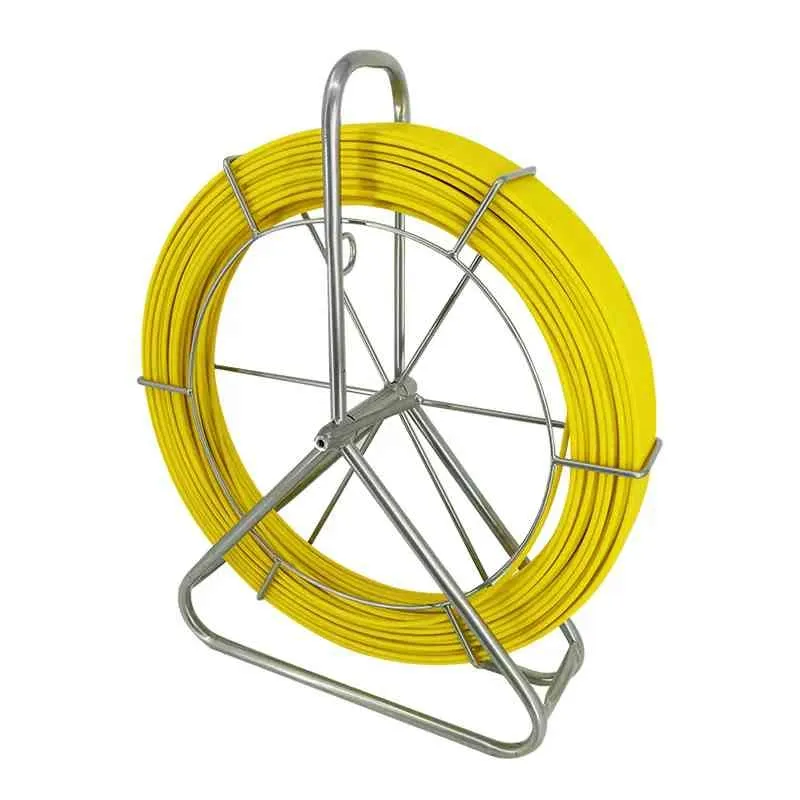
-
 Afrikaans
Afrikaans -
 Albanian
Albanian -
 Amharic
Amharic -
 Arabic
Arabic -
 Armenian
Armenian -
 Azerbaijani
Azerbaijani -
 Basque
Basque -
 Belarusian
Belarusian -
 Bengali
Bengali -
 Bosnian
Bosnian -
 Bulgarian
Bulgarian -
 Catalan
Catalan -
 Cebuano
Cebuano -
 Corsican
Corsican -
 Croatian
Croatian -
 Czech
Czech -
 Danish
Danish -
 Dutch
Dutch -
 English
English -
 Esperanto
Esperanto -
 Estonian
Estonian -
 Finnish
Finnish -
 French
French -
 Frisian
Frisian -
 Galician
Galician -
 Georgian
Georgian -
 German
German -
 Greek
Greek -
 Gujarati
Gujarati -
 Haitian Creole
Haitian Creole -
 hausa
hausa -
 hawaiian
hawaiian -
 Hebrew
Hebrew -
 Hindi
Hindi -
 Miao
Miao -
 Hungarian
Hungarian -
 Icelandic
Icelandic -
 igbo
igbo -
 Indonesian
Indonesian -
 irish
irish -
 Italian
Italian -
 Japanese
Japanese -
 Javanese
Javanese -
 Kannada
Kannada -
 kazakh
kazakh -
 Khmer
Khmer -
 Rwandese
Rwandese -
 Korean
Korean -
 Kurdish
Kurdish -
 Kyrgyz
Kyrgyz -
 Lao
Lao -
 Latin
Latin -
 Latvian
Latvian -
 Lithuanian
Lithuanian -
 Luxembourgish
Luxembourgish -
 Macedonian
Macedonian -
 Malgashi
Malgashi -
 Malay
Malay -
 Malayalam
Malayalam -
 Maltese
Maltese -
 Maori
Maori -
 Marathi
Marathi -
 Mongolian
Mongolian -
 Myanmar
Myanmar -
 Nepali
Nepali -
 Norwegian
Norwegian -
 Norwegian
Norwegian -
 Occitan
Occitan -
 Pashto
Pashto -
 Persian
Persian -
 Polish
Polish -
 Portuguese
Portuguese -
 Punjabi
Punjabi -
 Romanian
Romanian -
 Russian
Russian -
 Samoan
Samoan -
 Scottish Gaelic
Scottish Gaelic -
 Serbian
Serbian -
 Sesotho
Sesotho -
 Shona
Shona -
 Sindhi
Sindhi -
 Sinhala
Sinhala -
 Slovak
Slovak -
 Slovenian
Slovenian -
 Somali
Somali -
 Spanish
Spanish -
 Sundanese
Sundanese -
 Swahili
Swahili -
 Swedish
Swedish -
 Tagalog
Tagalog -
 Tajik
Tajik -
 Tamil
Tamil -
 Tatar
Tatar -
 Telugu
Telugu -
 Thai
Thai -
 Turkish
Turkish -
 Turkmen
Turkmen -
 Ukrainian
Ukrainian -
 Urdu
Urdu -
 Uighur
Uighur -
 Uzbek
Uzbek -
 Vietnamese
Vietnamese -
 Welsh
Welsh -
 Bantu
Bantu -
 Yiddish
Yiddish -
 Yoruba
Yoruba -
 Zulu
Zulu


Dec . 28, 2024 21:35 Back to list
Innovative Solutions for Precision Cutting and Blot Removal Techniques
Understanding the Blot Cutter Innovations in Document Protection
In today's fast-paced digital world, where information is exchanged at the speed of light, the importance of document security cannot be overstated. One innovation that has garnered attention in this arena is the blot cutter. Although it might sound like a tool straight out of a spy movie, the blot cutter is a practical device designed to secure sensitive information by rendering it unreadable. This article delves into the concept of the blot cutter, its functionalities, and its significance in safeguarding confidential documents.
What is a Blot Cutter?
At its core, a blot cutter is a specialized device created to obscure or erase sensitive information on physical documents. The term blot suggests a smudge or a stain, which metaphorically captures the essence of what this tool accomplishes making information unrecognizable. This is particularly crucial in fields where confidentiality is paramount, including law, finance, and healthcare.
How Does the Blot Cutter Work?
The operation of a blot cutter is relatively straightforward. Users place a document containing sensitive information into the device, which then employs various methods—such as ink blotting, shredding, or chemical treatments—to obscure the information. Unlike traditional methods of document disposal, which can sometimes be easily reversed, the blot cutter provides a more secure solution by ensuring that information is permanently altered, thus preventing unauthorized access.
Key Features and Benefits
1. Security The primary advantage of the blot cutter is its ability to protect sensitive information. Documents that contain personal identifiable information (PII), financial data, or proprietary business information can pose a significant risk if not handled properly. The blot cutter ensures that such information cannot be reconstructed, even if the document falls into the wrong hands.
blot cutter

2. Ease of Use Modern blot cutters are designed with user-friendliness in mind. Most models operate with simple buttons and straightforward instructions, allowing users to quickly process documents without requiring extensive training or technical knowledge.
3. Versatility Blot cutters can handle various document types, from single sheets to stacks of paper. This versatility is essential for businesses that regularly manage large volumes of confidential documents.
4. Environmental Considerations Some advanced models of blot cutters use eco-friendly materials and processes. By reducing the need for shredding and relying on ink formulations that are less harmful to the environment, these devices contribute to more sustainable document disposal practices.
The Importance of Document Security
In an age where data breaches and identity theft are rampant, robust document security measures are more important than ever. Companies must comply with various regulations aimed at protecting consumer information, including GDPR in Europe and HIPAA in the U.S. The consequence of failing to secure sensitive information can include hefty fines, reputational damage, and loss of customer trust.
Implementing tools like the blot cutter is a proactive step in establishing a culture of security within organizations. By emphasizing the importance of protecting sensitive information, businesses can mitigate risks and create a safer environment for both their clients and employees.
Conclusion
The invention of the blot cutter represents a significant leap in document security technology. By providing an effective solution for obscuring sensitive information, it addresses the growing need for reliable data protection in an increasingly interconnected world. As businesses continue to navigate the complexities of modern data regulation and security, tools like the blot cutter will play an essential role in safeguarding sensitive information and maintaining trust in professional relationships. Investing in such innovations not only protects company assets but also demonstrates a commitment to ethical practices and responsible information management.
Latest news
What Are Construction Tools and How Are They Used?
NewsJul.11,2025
Professional-Grade Duct Rodding Tools for Superior Cable Installation
NewsJul.11,2025
Enhancing Safety and Efficiency with Modern Hot Stick Solutions
NewsJul.11,2025
Empowering Cable Installation with Advanced Rodder Solutions
NewsJul.11,2025
Elevate Your Cable Installation Projects with Cable Pulling Tools
NewsJul.11,2025
Efficient Cable Handling Solutions: Cable Rollers for Sale
NewsJul.11,2025











